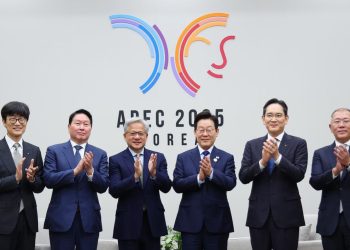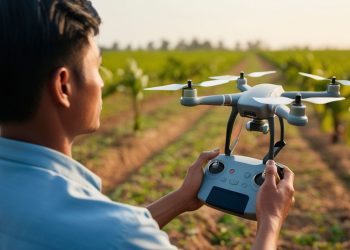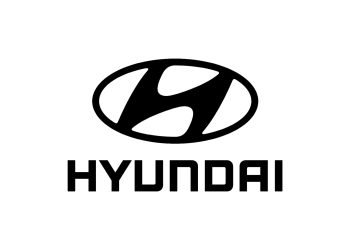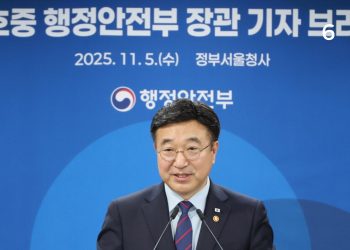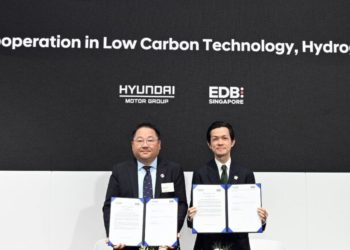Hyundai Motor Group announced on Thursday the development of the first-ever self-controlling gearshift that can identify and gauge traffic conditions, and predicts the best gearing for any situation. Along with the company’s sister company Kia Motors Corp., Hyundai named the new system as Information and Communication Technology (ICT) Connected Shift System.
Both car manufacturers submitted over 40 patents applications critical for the development of the ICT Connected Shift System. Hyundai said that the patents were registered both domestically and globally.
Hyundai said that while there are existing smart drive modes that learn the pattern of the drivers, the new self-controlling gearshift system recognizes road and traffic situations and automatically shift for optimal gear and speed.
The new system controls the gear shifting based on information sent from various ICT devices such as smart cruise control cameras and radar, and 3D navigation system.
The artificial intelligence-powered Transmission Control Unit (TCU) receives related information to a variety of road events, road elevation, curvature, gradient, current traffic conditions, vehicle speed and distance between each other, and lane data to anticipate the ideal shifting scenario.
For example, when the system expects a relatively long slowdown and its radar detects no speed irregularities with the vehicle ahead, the transmission clutch temporarily switches to neutral gear improving fuel efficiency. Another is when the car enters a highway, the driving mode automatically changes to Sport Mode, making merging with the traffic flow smoother.
The car would automatically change back to the original driving mode after merging with traffic, allowing for more efficient and safer driving. The new system also helps to alleviate driving fatigue by assisting the driver.
Hyundai cited a road test that shows radar-based automatic shifting calculations functioned at a frequency of 31 percent during a road test conducted from the carmaker’s Namyang R&D Center in Hwaseong, Gyeonggi Province to the company headquarters located in Seoul’s Seocho District.
During the test drive, gear shift frequency dropped by roughly 43 percent when cornering curvy roads compared to car models not using the system.
Brake frequency also declined by about 11 percent using the system, reducing brake pad wear, and driving fatigue.
The South Korean automobile manufacturer stated that the latest technology is in line with the company’s smart mobility vision for the future of self-driving cars offering a more stable driving performance.
A Hyundai Motor official said that Hyundai and Kia would continue to develop ICT and AI technologies, applying them to various vehicle parts, such as the power train.
The carmaker added that it would also equip the new technology into its upcoming car models.
The automakers are also planning to allow communication with traffic lights and reflect the driving patterns of a driver to develop the system further.


